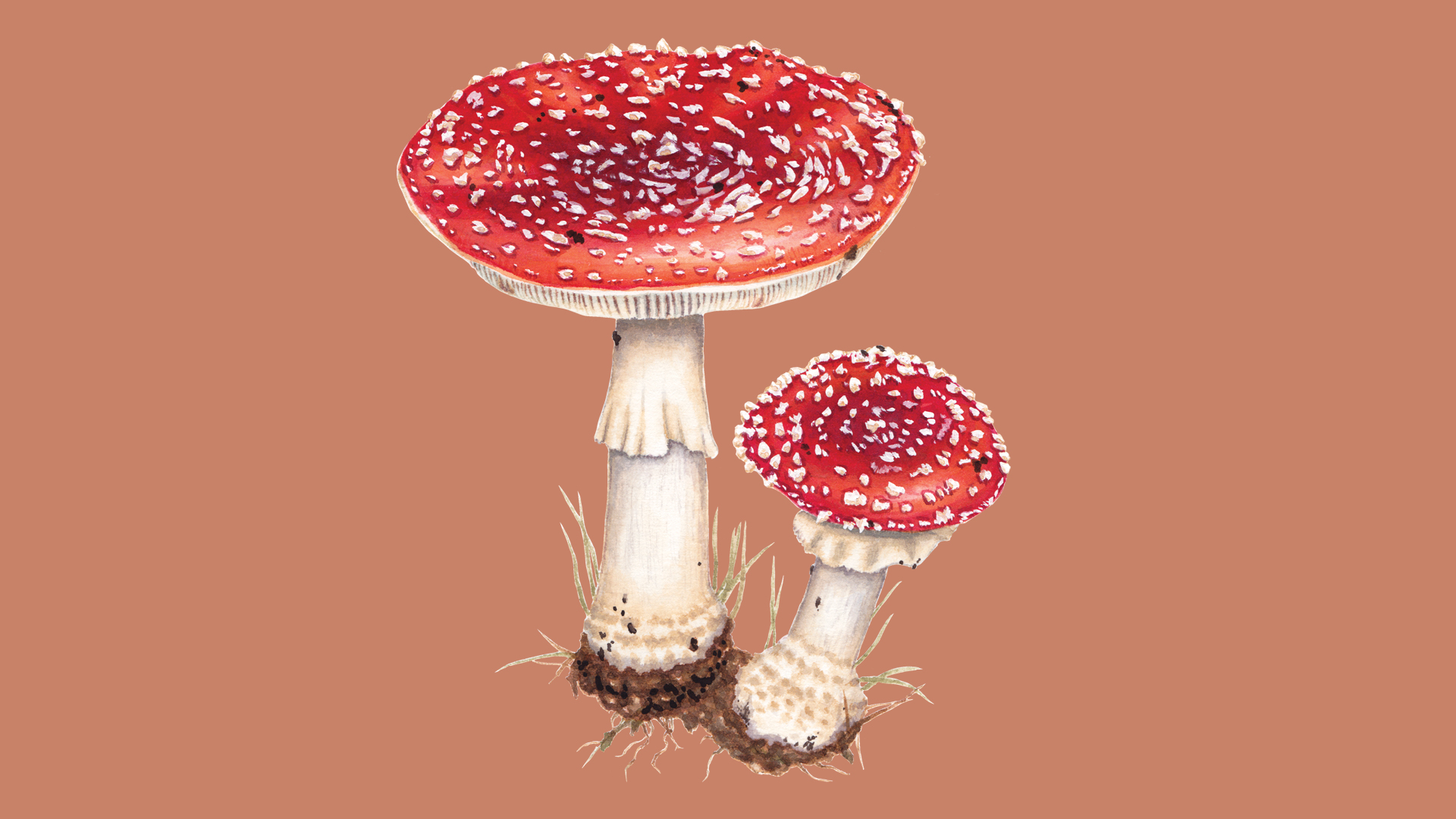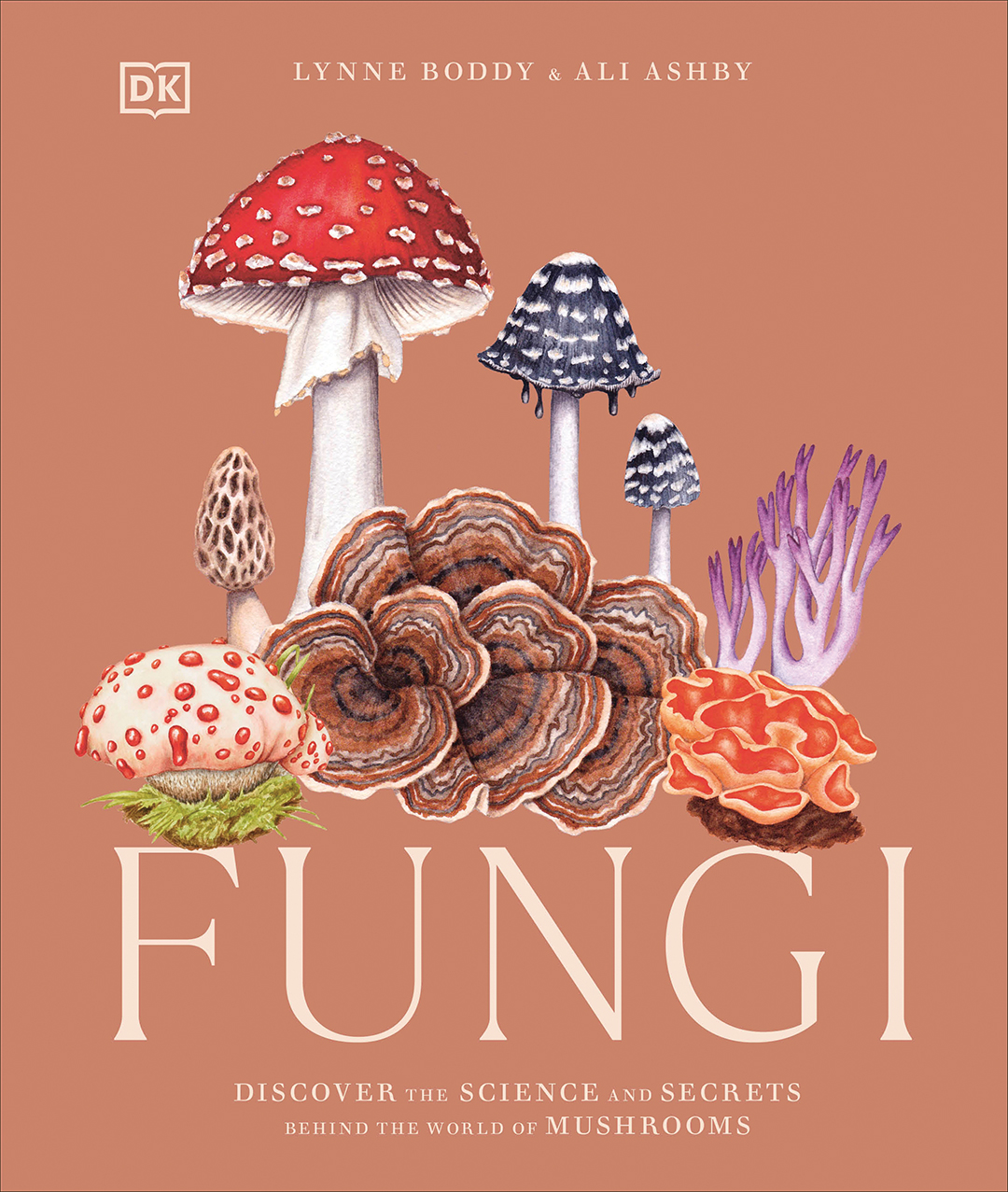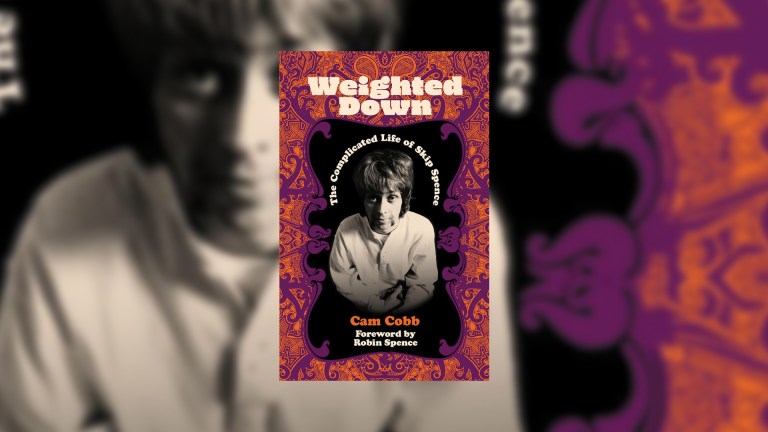Have you ever wondered where mushrooms come from? Did you know that one of the largest organisms on Earth is a fungus? Are you curious about the rich history shared between humans and fungi? You might enjoy our book, Fungi, which delves into the science and secrets behind this incredibly important kingdom of organisms.
Fungi have an ancient past, first appearing on Earth over one billion years ago, and despite mushrooms being found in the supermarket vegetable aisle, they are actually more closely related to animals than they are to plants. In fact, fungi have memories and senses just like humans and other animals do and will change their behaviour when they find food, meet other organisms or their environment doesn’t quite suit them.
There are over five million species of fungi on Earth, but while all mushrooms are fungi, not all fungi are mushrooms! In fact, most fungi are microscopic, and can only be seen using a microscope.
Get the latest news and insight into how the Big Issue magazine is made by signing up for the Inside Big Issue newsletter
Mushrooms are the fruits of a group of fungi called basidiomycetes. Fungal fruit bodies come in all sorts of different shapes and sizes, colours and textures – even fungal spores differ in size, colour and bumps and grooves on their surface – and Fungi is filled with fascinating information and wonderful illustrations demonstrating just how much variation there is between different fungal groups.
With cell walls made of chitin, the same tough material that makes up the hard covering of insects, fungi can survive in some of the harshest environments, and can be found everywhere from the tropics to the Arctic and Antarctic; from oceans to gardens and forests; from fruit bowls to cow pats. Some fungi can even survive in space! It was fungi that allowed plants to move onto dry land over 400 million years ago, and this partnership between fungi and plants still exists today in every garden and forest on Earth.










